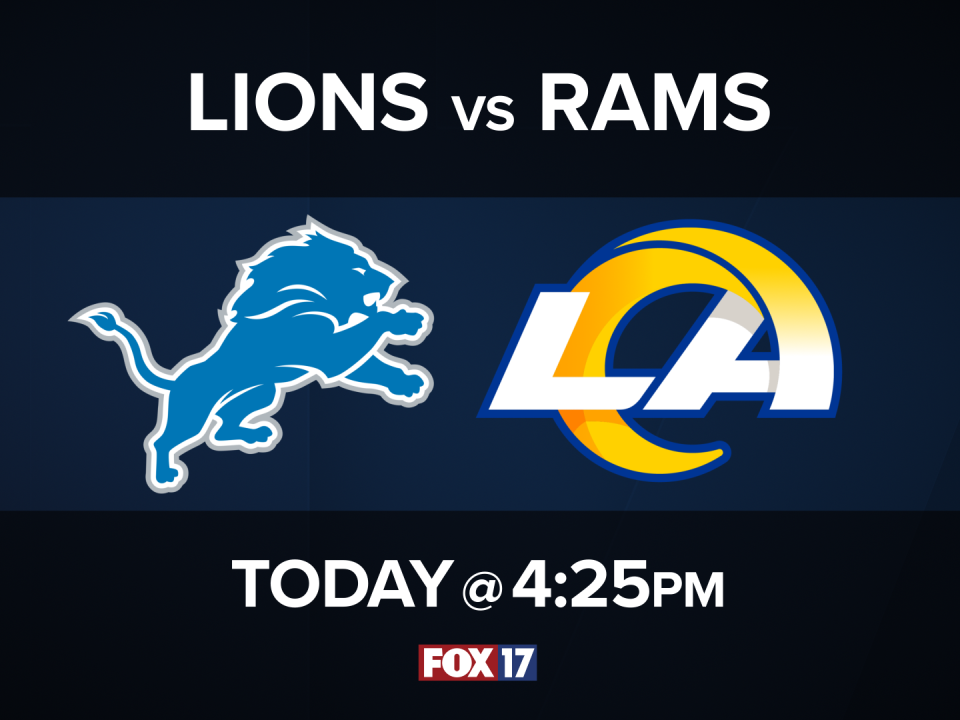National News Literacy Week is an effort to equip people to discern credible information from misinformation in contemporary media. This year's theme is "Trust." FOX 17 reporter Jamie Sherrod visited a local high school here in West Michigan and talked to a classroom of aspiring journalists about the pitfalls of misinformation- and they told Jamie how they've learn to filter out facts.
Preston Donakowski leads the Falcon News Network class at East Kentwood High School.
"We have our most advanced students, our highest fliers, the the people that want to be journalists...cut their teeth as early reporters," he says.
Under his guidance, students learn to produce a biweekly newscast for the school. These high flyers get to select the stories they share with their classmates, but they're also learning about the importance of right information.
His students take pride in their work.
"I think it really just holds up the integrity of the journalists and journalism as a whole," says Mckenna Van Overn, a senior. "I mean, a lot of us wouldn't know what's happening in the world without journalism, and it kind of keeps our society running."
For McKenna and other students, social media has become a popular platform for sharing information. But it's also important to watch for misinformation, which Preston says can "spread like wildfire" on social media.
McKenna says primarily accesses the news online, though she's made a habit of double-checking information.
"When it comes to things like politics, or big, other things, I typically will then go to like Google, and do a Google search, and check different sources to see what they say about it," she says.
Preston encourages his students to read, research, then react.
"You have to be able to dig more," he says. "You have to dig past the headline and find out what's the full context of this quotation? What's the full context of how they said it?"
It's easy, he says, to read a story and just react emotionally. He hopes his students learn to ask about the facts and consider other angles to the story first.
Fortunately, students in Preston's class are using their own techniques for separating fact from fiction.
Kerim Suleman, a junior, recalls the time he first heard about the Capital riots on January 6th. It wasn't from the broadcast news sources.
"I saw it on social media first, because people have their phones, and they're recording it, and they were the ones there," says Kerim. "And then after a couple hours, then you'd see, like, the news broadcasters, like CNN and FOX and MSNBC. That's when you say, OK, this was an attack, this was something that happened, and you kind of have to get to the bottom of it to see what was true and false."
Another 11th grader, Diego Saldivar, is especially intrigued by the story of the Idaho Murders. He wishes viewers would focus less on speculation and more on evidence.
"Did you read the police affidavit, or like, the report itself?" asks Diego. "Some people just like to throw in what they think are their conspiracy theories, but definitely should be fact-checking yourself."
It's critical to vet information, Diego believes, so that you don't spread lies or anything that defames someone's image. "It's just not telling the truth."
McKenna says primarily accesses the news on social media, though she's made a habit of double-checking information.
"When it comes to things like politics, or big, other things, I typically will then go to like Google and do a Google search and check different sources to see what they say about it," she says, adding that Pew Research Center is one of her trusted sites.
In teaching the class, Preston hopes students learn how to use the internet and social media effectively.
"Gather as much information as you possibly can," he advises. "It's one thing to have your own opinion. It's another thing entirely to have that be an informed opinion."




